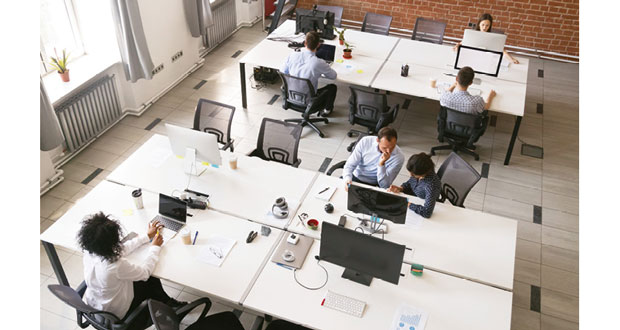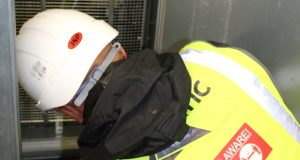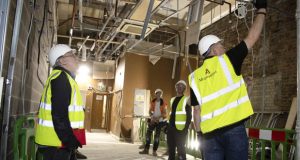Employees globally are spending just over three days in the office on average, meaning leaders must now consider how to meet new expectations around work and where it’s done, suggests a new JLL report, Is hybrid really working? Creating a dynamic workplace for a productive workforce.
The report explores employers’ and employees’ new expectations in today’s hybrid environment, uncovering best practices to attract employees to the office and maintain the flexibility offered by remote work. It finds that despite widespread adoption of hybrid models, variances in office attendance are materialising across regions and countries, ranging from two days in the US and UK to over four days on average in China, India and South Korea. These differences are largely driven by a combination of cultural nuances, living arrangements and other structural factors.
Overall, the majority of international organisations (87 per cent) are encouraging their employees to work from the office at least some of the time. In fact, only 20 per cent of employees work fully remote or up to two days in the office today, down from 39 per cent a year ago. As employers continue expecting in-office work and companies increasingly pivot away from fully remote hiring, office attendance is expected to incrementally rise through year-end.
The report also finds that following three experimental years of hybrid work, employers associate the office with new benefits. Beyond improving collaboration, social connection and cultural bonds, they see it as a significant contributor to employee productivity — now one of the top three reasons among employers for enticing workers back. Enhanced office technology and improved amenities also continue to play a critical part in attracting employees to work from the office, along with more employers (33 per cent) introducing compulsory attendance.
While most employees are back in the office several days a week, several opportunities are emerging to enhance employee engagement and productivity in a hybrid context. Workers continue to find value in the physical office as a hub for socialisation, innovation and professional growth, but report that commuting, noise and lack of privacy are the top barriers to working from the office.
“The office has always been, and will continue to be, central to work experience and culture,” said Neil Murray, CEO, Work Dynamics for JLL.
“As more workers return to the office several days a week, we’re continuing to learn about the shifting preferences for ways of working and how we can better deploy technology and flexible arrangements to meet these expectations. Ultimately, our research finds that the majority of global workers continue to crave a destination for human connection, so creating dynamic spaces that satisfy a mix of collaborative and focused work needs will ultimately be the most effective strategy to enticing employees to the office on a regular basis.”
With employees spending half of their time on individual tasks while in the office (51 per cent), the forward-looking companies will be those who are adapting their offices to be not just social hubs, but places that can support the wide range of needs of an office day and that can accommodate the expectations of a diverse workforce. This means adapting workspaces not only to address collective and individual needs, but also to bring together technology and design to improve the balance of collaboration with spaces dedicated to privacy and focused work.





